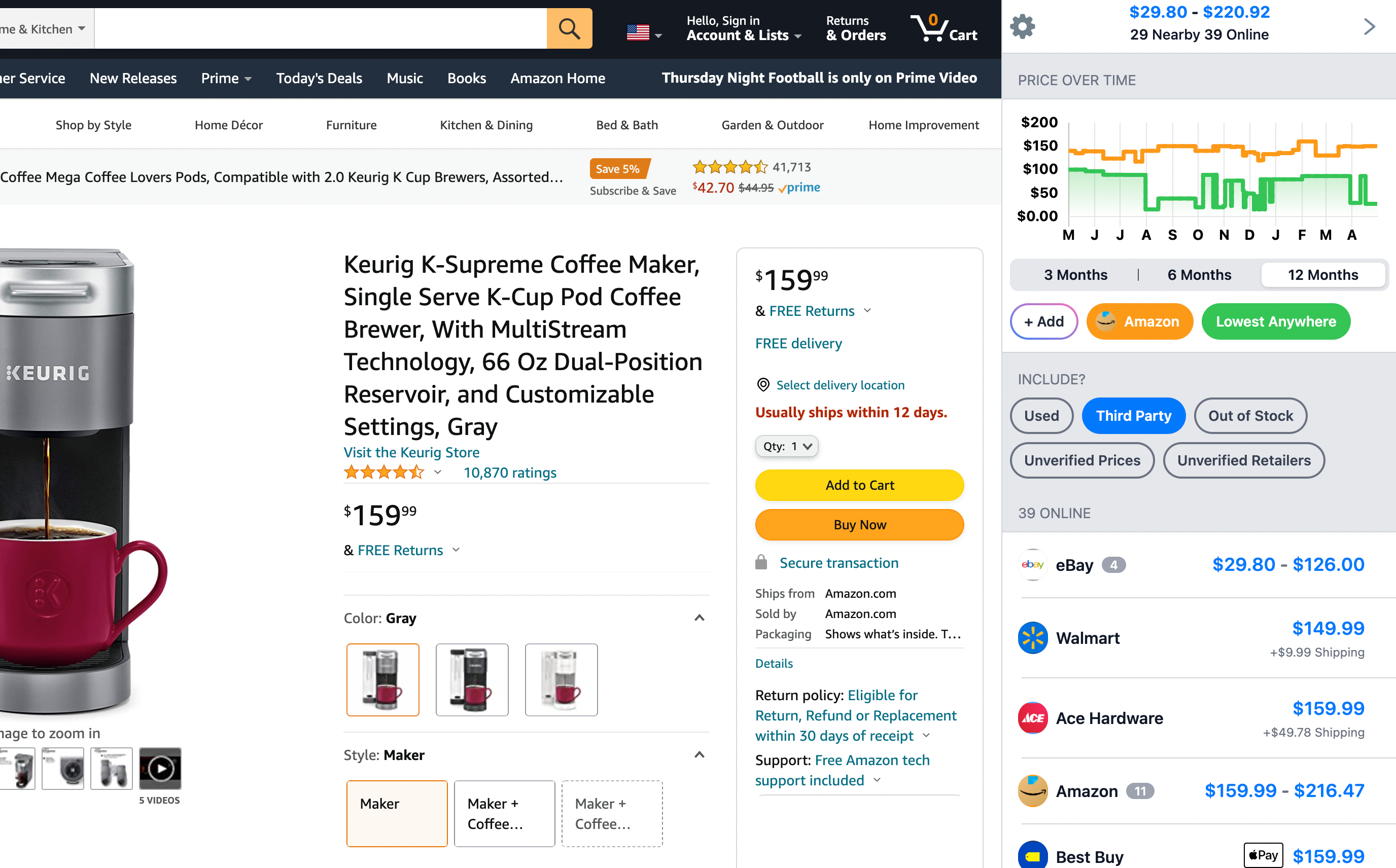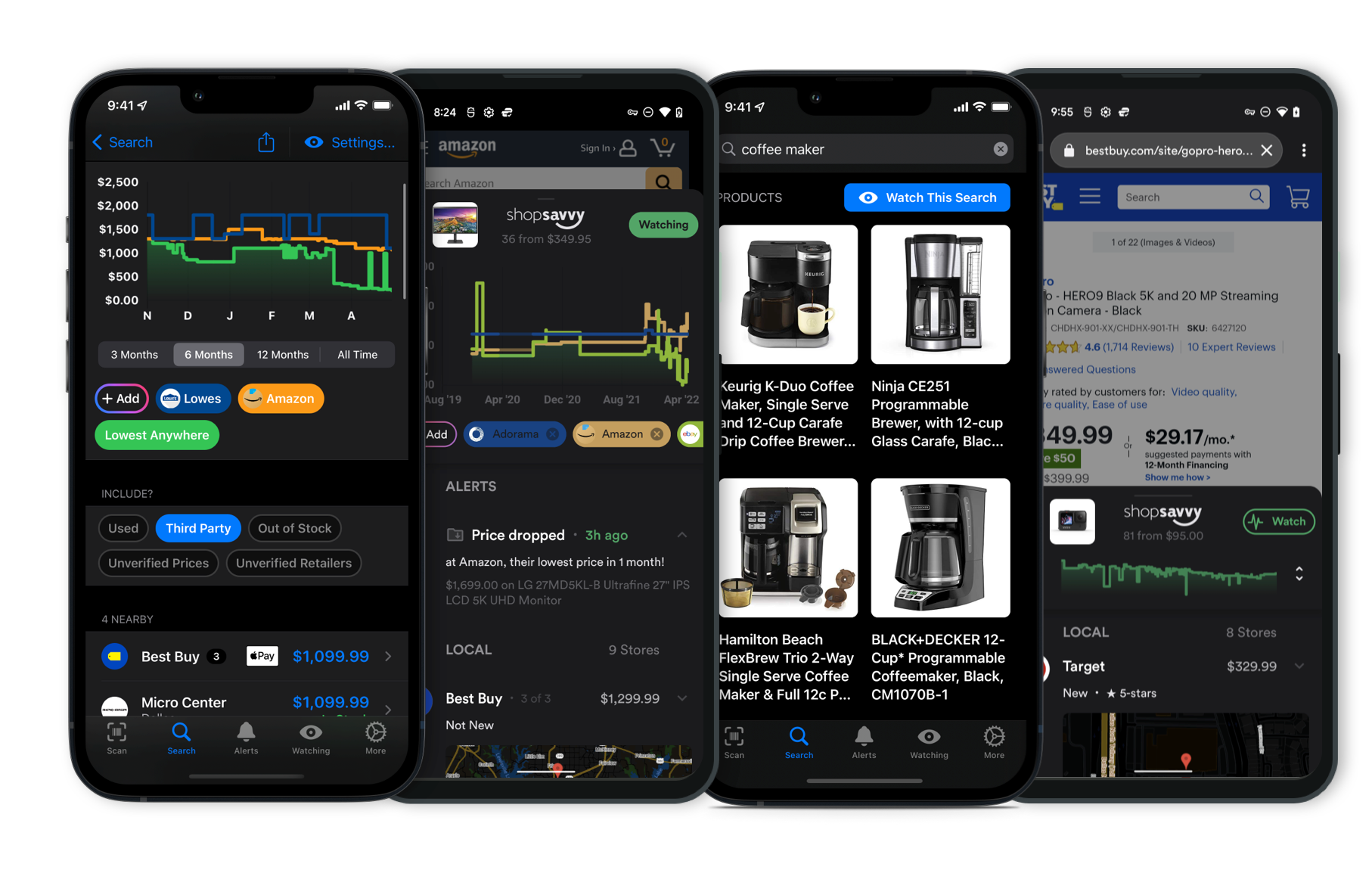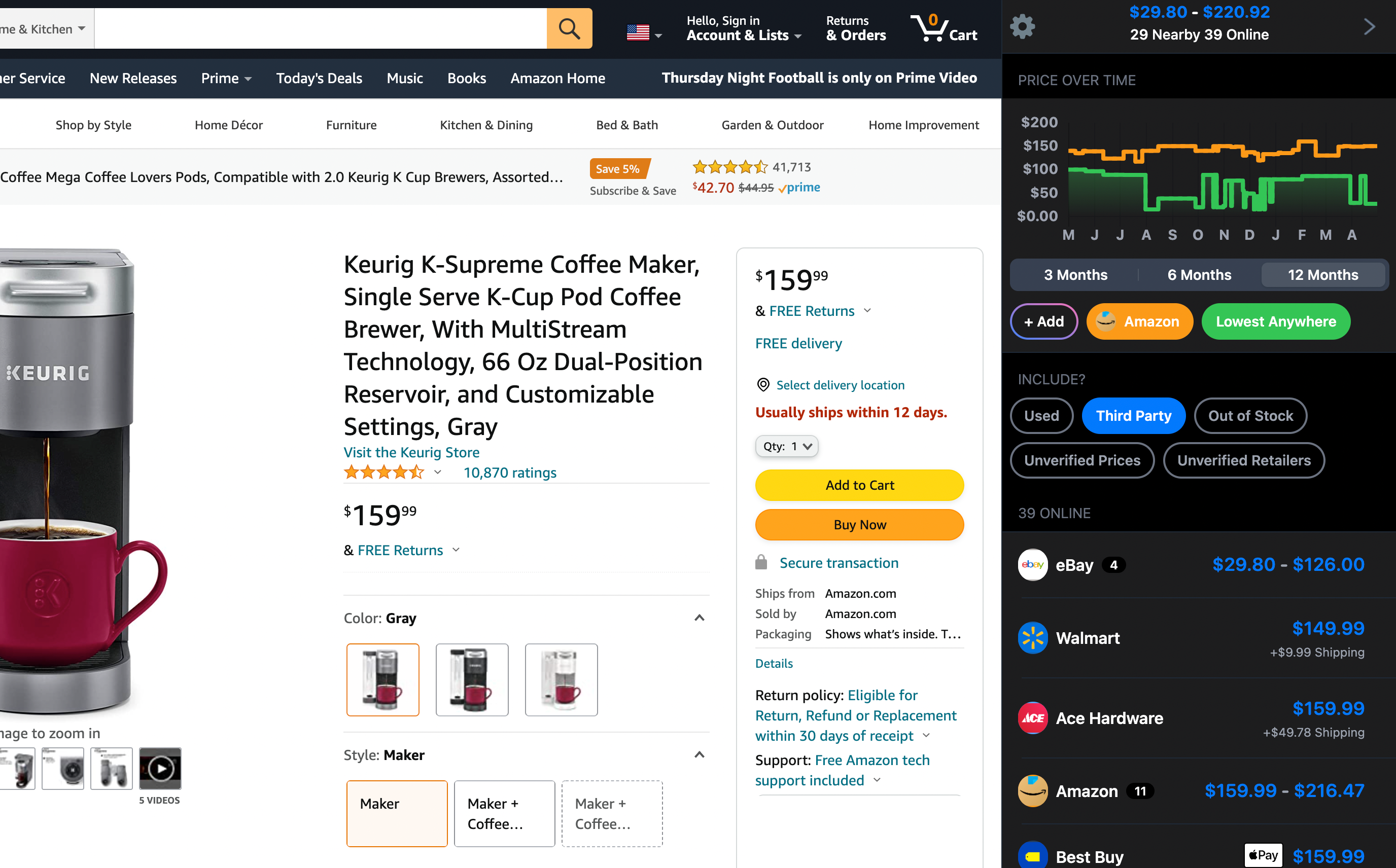
Yep, you can definitely change the folder names on the Sony ICD-UX570. By default, it might use names like "Folder 01," but you can easily customize these when you hook it up to a computer. According to our research, you can rename both files and folders with a few clicks on your PC.
Here's the gist: Just connect the Sony ICD-UX570 to your computer. It will show up like a regular USB drive. Then, you can simply right-click on any folder or file to rename it. This makes it easier to organize things in a way that makes sense to you, like sorting by project or task.
A lot of folks have mentioned how handy this feature is. It helps keep your audio files neatly organized, so you can quickly find what you need when you need it.
Whether you're categorizing by date, client, or something else entirely, this helps a ton with getting your workflow streamlined.
Even if the recorder starts with those default names, linking it to your computer gives you a super easy way to customize it all.
So, whether you're a student, a journalist, or just someone who likes tidy audio files, the Sony ICD-UX570 makes staying organized simple and convenient.
Where to Buy
Considering the Sony ICD-UX570 Voice Recorder?
Here's our "TLDR" Review
 Download ShopSavvy App
Download ShopSavvy AppCompare prices for anything in real-time, set price alerts, watch for deals by keyword, and much more
 Install ShopSavvy Browser Extension
Install ShopSavvy Browser ExtensionCompare and track prices automatically while you shop online at thousands of websites.
More Answers
If you're still curious about the Sony ICD-UX570 Voice Recorder, here are some other answers you might find interesting:
Yep, you can definitely change the folder names on the Sony ICD-UX570. By default, it might use names like "Folder 01," but you can easily customize these when you hook it up to a computer. According to our research, you can rename both files and folders with a few clicks on your PC.
Here's the gist: Just connect the Sony ICD-UX570 to your computer. It will show up like a regular USB drive. Then, you can simply right-click on any folder or file to rename it. This makes it easier to organize things in a way that makes sense to you, like sorting by project or task.
A lot of folks have mentioned how handy this feature is. It helps keep your audio files neatly organized, so you can quickly find what you need when you need it.
Whether you're categorizing by date, client, or something else entirely, this helps a ton with getting your workflow streamlined.
Even if the recorder starts with those default names, linking it to your computer gives you a super easy way to customize it all.
So, whether you're a student, a journalist, or just someone who likes tidy audio files, the Sony ICD-UX570 makes staying organized simple and convenient.
The sound quality on the Sony ICD-UX570 is pretty solid and offers a lot of flexibility. This recorder lets you choose between MP3 and WAV formats, which gives you some good options based on what you need.
If you need smaller file sizes that are easy to handle, you can go for MP3. There are different bit rate options—48kbps, 128kbps, and 192kbps—so you can decide how much space you want to save versus how much quality you want.
But if you're aiming for top-notch sound quality, especially for things like music or clear lectures, the WAV format is the way to go. This gives you uncompressed audio quality that's comparable to CD-level sound at 44.1kHz and 16-bit stereo.
So, depending on what you're recording, whether it's casual notes or more professional audio, the Sony ICD-UX570 has the sound quality flexibility to fit your needs.
What is the battery life of the Sony ICD-UX570 digital voice recorder?
The battery life of the Sony ICD-UX570 digital voice recorder is pretty handy, especially with its quick charge feature. The manufacturer mentions you can get about an hour of recording after just a 3-minute charge, which is great if you need a quick boost.
But in reality, the battery life can vary depending on how you use it. From what we've found, some people had mixed feelings. A few thought the battery didn't last as long as they hoped, particularly in situations where they were using it a lot, like taking inventory. In these cases, the battery sometimes lasted only around 30 minutes, which might mean more frequent recharges.
On the flip side, others said it held up well for things like recording podcasts or interviews. For moderate use, some folks found it worked fine and even went over a month without needing a charge.
If you don't want to get caught with a dead battery during something important, it might be smart to carry an external power bank. That way, you can give it a quick recharge when needed. Just watch out for any quirks with data connection modes when setting it up.
So, if you're not pushing it too hard—like with short interviews or taking quick notes—the battery might be just right.
But if you plan on longer recording sessions, it's probably a good idea to have a backup plan, like a power bank or easy access to a power source, just in case.
Explore Content
Footer 1
Published
Subscribe for Updates
Get the latest news, and updates on ShopSavvy. You'll be glad you did!









